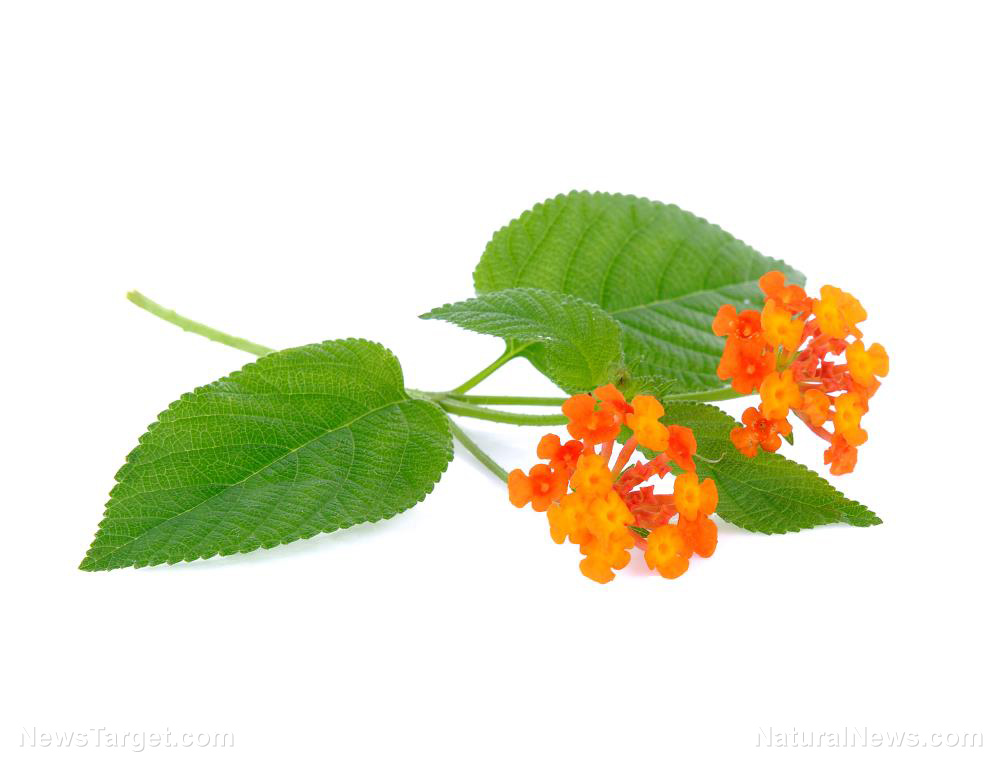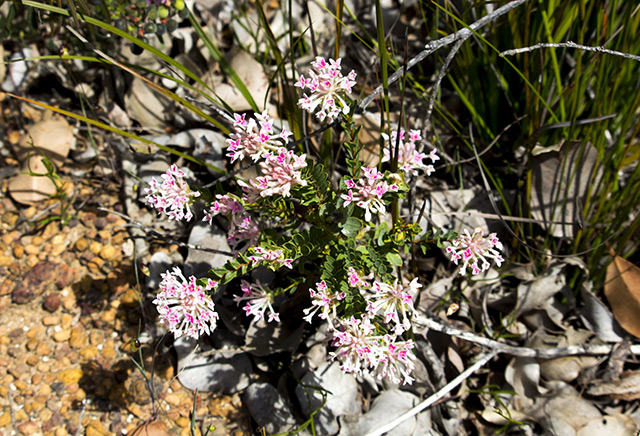Wormwood, most known for its use in absinthe, found to be highly beneficial in preventing liver cancer
11/04/2018 / By Ralph Flores

Most people know wormwood as the key ingredient of absinthe, the controversial aperitif that, until recently, was banned in many countries (including the U.S.) because of its reported hallucinogenic effects. However, scientists from Inha University, Seoul National University, and Kyung Hee University in South Korea have found that Artemisia capillaris, one of the plants in the Artemesia genus known as wormwood, can be used to prevent liver cancer from spreading through apoptosis (programmed cell death).
The study, published in BMC Complementary and Alternative Medicine, looked at the ability of A. capillaris extracts in treating hepatocellular carcinoma (HCC), as well as its underlying mode of action.
Despite its controversial past, the Artemesia genus has long been used to treat a variety of conditions: In ancient Egypt, wormwood extracts have been used as a pharmaceutical cure for multiple diseases since 1600 B.C., while Greek scholars lauded its therapeutic properties. The backlash surrounding the plant came in the early 20th century, when people blamed thujone, the psychoactive ingredient in wormwood, for loutish and criminal behavior – which was later proven to be false. These days, wormwood isn’t just used in absinthe and medicine – it’s used to naturally repel pests; prevent weed growth; and defend against insect larvae, fleas, and even moth infestations.
Earlier studies have found that A. capillaris can be used to reduce inflammation in conditions like atopic dermatitis, hepatitis B, and liver cirrhosis. However, they also found that the plant was able to prevent breast cancer and leukemia from spreading, which it did by inhibiting cell growth and inducing apoptosis. In this study, the team used an ethanol fraction derived from dried leaves of A. capillaris and tested its ability to protect against hepatocellular carcinoma, known to be one of the leading causes of cancer-related deaths worldwide. The team also investigated the mechanism behind the anti-cancer property of A. capillaris, especially against HCC.
The findings revealed that leaf extracts from A. capillaris exhibited potent anti-cancer properties, which it did by preventing the growth of cancer cells and induce apoptosis. The results were similar to earlier forays into the effects of A. capillaris, which indicated its ability to cause cell death in specific types of cancer.
“[The] induction of apoptosis is [a] good strategy in anti-cancer therapeutics,” the team wrote in their report.
The process behind the anti-cancer properties of A. capillaris, they noted, lies in the synergistic effect of the ingredients in the leaf extracts of A. capillaris, a characteristic seen in many natural products. This, in turn, blocks the PI3K/AKT pathway, which is linked to the growth, expansion, and metastasis of tumor cells. This inhibiting ability is similar to that seen in resveratrol and curcumin, which suppressed PI3K/AKT signaling and exhibited anti-cancer and anti-metastasis properties.
Of the results, the researchers concluded, “Our results show that LAC117 exhibits potent anti-cancer activity by inhibiting cell proliferation and inducing apoptosis via regulation of the PI3K/AKT pathway in HCC.”
They also added that the study, which they believed is the first one to comprehensively explore the anti-cancer effects of wormwood – especially in liver cancer – could be used to learn more about how it could be used in cancer treatments. (Related: Wormwood Extract In Cancer Treatment: A Breakthrough.)
Learn more about natural ways to beat cancer at Cancer.news.
Sources include:
Tagged Under: alternative medicine, Artemisia capillaris, cancer treatments, HCC, hepatocellular carcinoma, herbal medicine, Herbs, Liver cancer, liver health, natural cures, natural medicine, natural remedies, research
RECENT NEWS & ARTICLES
Herbs.News is a fact-based public education website published by Herbs News Features, LLC.
All content copyright © 2018 by Herbs News Features, LLC.
Contact Us with Tips or Corrections
All trademarks, registered trademarks and servicemarks mentioned on this site are the property of their respective owners.




















